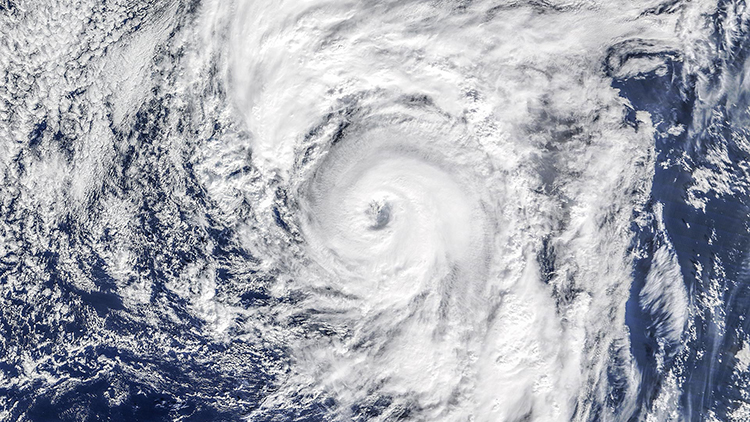CSU hurricane researchers reduce forecast but continue to predict active season
Colorado State University hurricane researchers have reduced their forecast slightly but continue to call for an above-average Atlantic hurricane season in 2022, citing the likely persistence of La Niña as a primary factor for the continued anticipation of an active season. Sea surface temperatures averaged across the tropical Atlantic and Caribbean are slightly warmer than normal. A warmer than normal tropical Atlantic provides more fuel for developing storms. However, sea surface temperatures are only slightly above normal, so the forecast team considers this a mostly neutral factor for the remainder of the season.
The tropical eastern and central Pacific currently has La Niña conditions; that is, the water temperatures are below average. CSU researchers anticipate that these waters will likely remain cooler than normal for the remainder of the Atlantic hurricane season. Consequently, they believe that El Niño is extremely unlikely this year. El Niño tends to increase upper-level westerly winds across the Caribbean into the tropical Atlantic, tearing apart hurricanes as they try to form.
The primary reason for the reduction in CSU’s forecast from early July was a decrease in the statistical and statistical/dynamical model guidance that underpins these outlooks, along with some anomalous cooling in the subtropical Atlantic. When the subtropical Atlantic is cooler than normal, it can sometimes favor increased shear in the tropics, potentially counteracting some of the reduced shear typically observed in La Niña years.
Read the full Source article, “CSU researchers reduce forecast but continue to predict active 2022 Atlantic hurricane season.”



